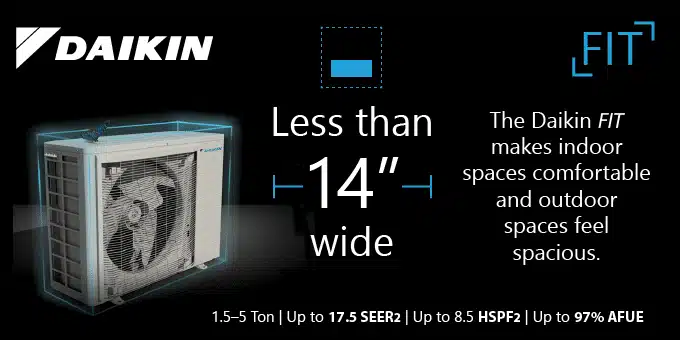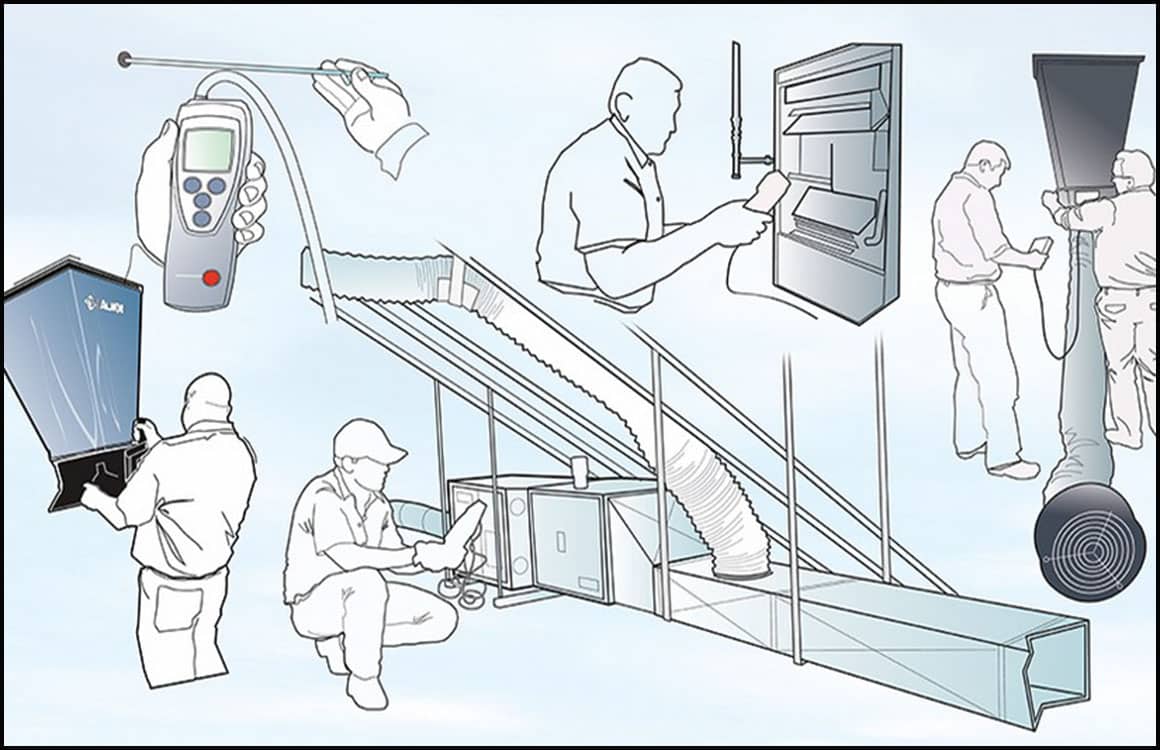
by Edward Briggs
In a strong and coordinated response to the U.S. Environmental Protection Agency’s (EPA) Final HFC Management Rule, members of Congress—led in part by the Florida delegation—submitted a formal letter to EPA Administrator Lee Zeldin on July 14, 2025, urging the agency to reconsider its aggressive and burdensome regulatory framework.
The letter, signed by twelve members of Congress, including Representatives Neal Dunn, Laurel Lee, Gus Bilirakis, and Greg Steube, reflects the growing concern among small businesses and contractors, especially in warmer states—about the financial and logistical burdens of this rule. The EPA’s latest HFC rule under the American Innovation and Manufacturing (AIM) Act mandates strict compliance measures for refrigerant management, including leak detection, servicing procedures, and transition to next-generation refrigerants like A2L, which are more flammable and require new tools and training.
FRACCA’s Role in Building Consensus
FRACCA (Florida Air Conditioning Contractors Association) played a pivotal role in ensuring Florida’s voice was not only heard but led the charge in the broader opposition to the EPA rule. Through coordinated advocacy, member mobilization, and direct communication with congressional offices, FRACCA helped unify members of Florida’s delegation around shared concerns: disproportionate impacts on family-owned HVAC/R businesses, regulatory overreach beyond the AIM Act’s timeline, and increasing costs for consumers in the middle of inflation and summer heat.
This letter is more than just a request for reconsideration—it is a call to realign regulatory efforts with the original intent of the AIM Act, emphasizing innovation and phased implementation, rather than sudden and costly overhauls that strain the industry.
A Brief History of the EPA Rule
The AIM Act, passed in 2020, was intended to phase down the use of hydrofluorocarbons (HFCs) due to their high Global Warming Potential (GWP). Since then, the EPA has issued three major rules under the Act. The latest, finalized in October 2024, goes beyond prior measures by imposing stringent leak monitoring, handling, and servicing requirements years before the 2036 phaseout timeline the legislation envisioned.
The history of refrigerant regulation goes back to the late 1980s with ozone-depleting substances. The AIM Act marked a pivot from that legacy by focusing on climate impacts. Under the new rule:
- New systems must use refrigerants with a GWP below 750.
- Traditional refrigerants like R-410A, while still available through reclamation, are being phased out.
- A2L refrigerants, classified as mildly flammable, are required, triggering the need for extensive technician retraining and safety upgrades—estimated at $10,000 per contractor for tools and certification.
While intended to support environmental goals, critics argue the EPA’s implementation timeline is not only unrealistic but also economically harmful.
Looking Ahead
The push to delay or revise the HFC Management Rule is far from over. With the CRA window closed, the attention now turns to Administrator Zeldin and the EPA leadership. FRACCA will continue its advocacy, working to ensure any future rulemaking reflects both environmental stewardship and economic realism.
In the meantime, contractors should stay informed, document costs associated with compliance, and engage with their elected officials—because, as this effort shows, your voice can influence federal policy.
For more updates on regulatory advocacy and legislative news, follow FRACCA’s communications or reach out directly to our policy team.
Thank you from the FRACCA Board of Directors

















